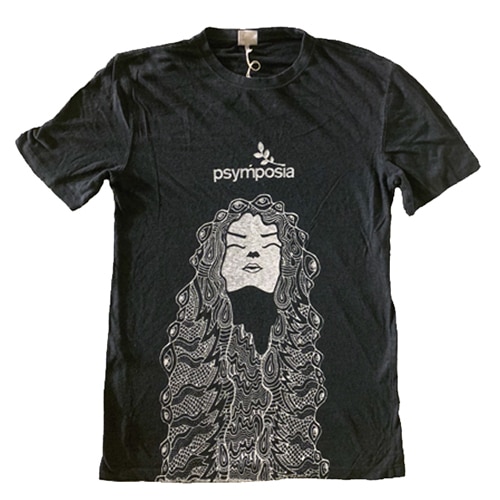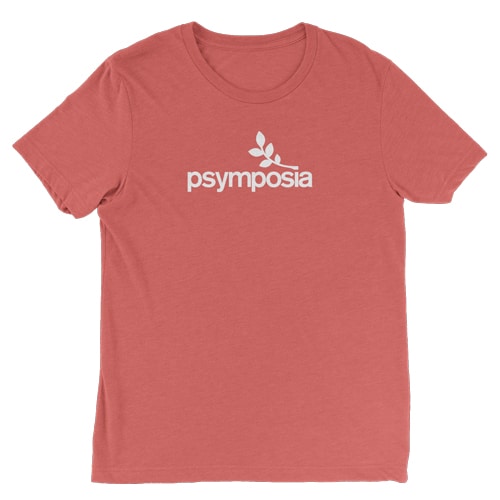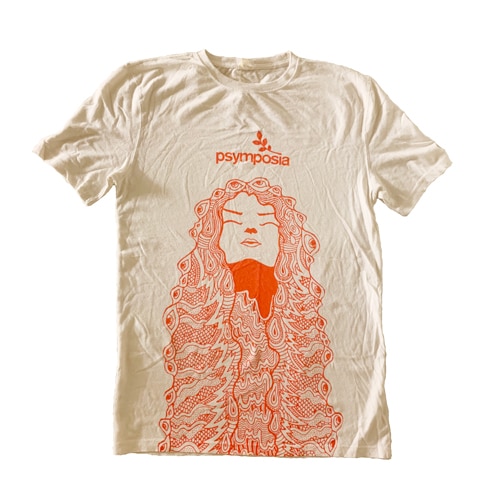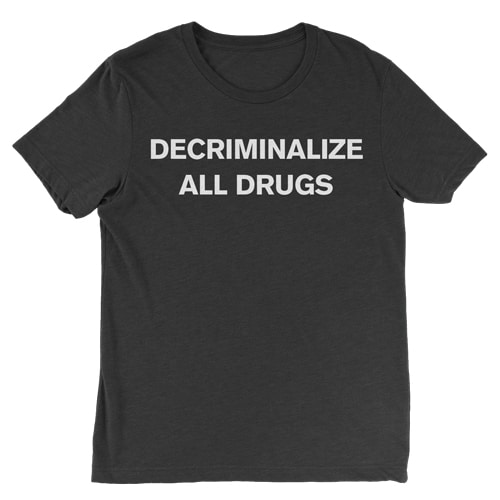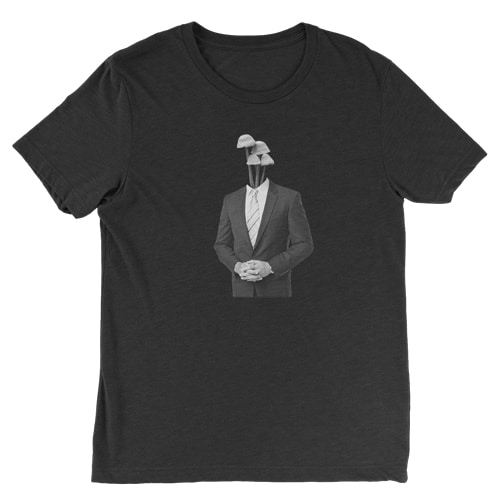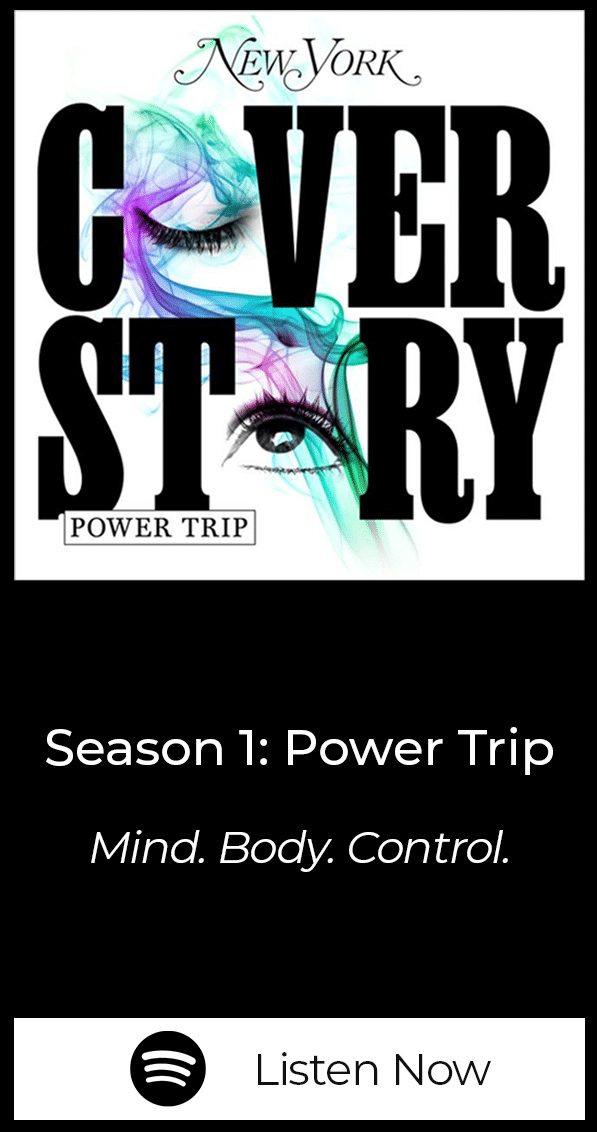Psychedelic cluster busting headache medication saves me. And it’s completely illegal
Cluster headaches to me feel like someone has my eyeball in their fist, steadily putting more and more pressure on it until it threatens to pop like a grape.
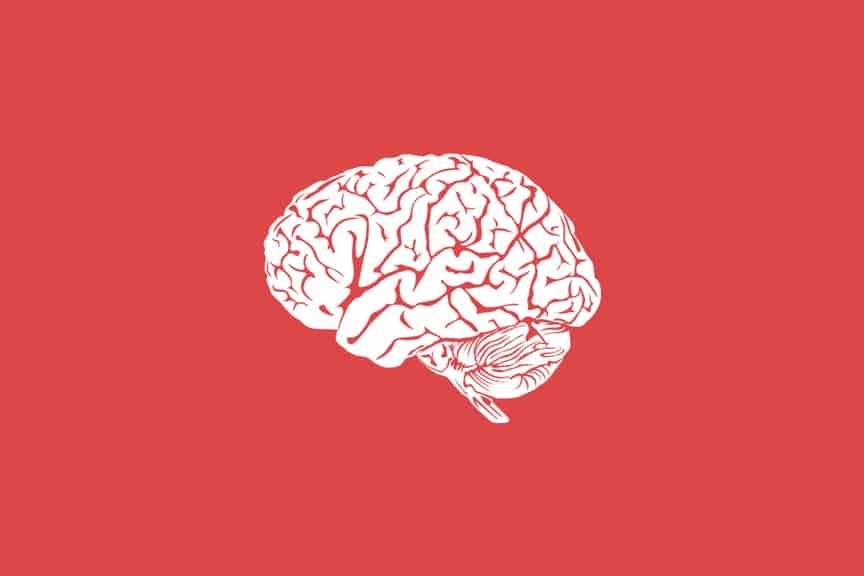
Psymposia is a 501(c)(3) nonprofit research and media organization that offers critical perspectives on drugs, politics, and culture. We rely on contributions from our readers and listeners. Your support is vital to sustaining Psymposia.
Support Psymposia’s independent journalism on Patreon and help us drive the Mystery Machine! We’re a bunch of meddling kids who are unmasking the latest shenanigans on the psychedelics beat.
Ihave always been a headache person. Early in my life, the headaches I experienced were not that unusual, besides their frequency. They would start with a dull ache across my forehead. Gradually, the tightness and pressure would increase until I resorted to some sort of analgesic medication.
Doctors tend to call these headaches tension headaches, and although they are often downplayed as “just headaches,” a bad tension headache can leave you debilitated.
I did not have my first cluster headache until my early 20’s, and migraines surfaced around the time I turned 30. The result of all these headaches has been a daily life of pain, but despite this I have managed to find myself a therapy that allows me to still experience an enriching and rewarding life.
The thing that seems to shock people is that the therapy myself and many others have found to be most beneficial for our headaches involves hallucinogens such as LSD and psilocybin and are, as a consequence, completely illegal.
Just that I have been able to find any sort of therapy that works is something I am grateful for. With cluster headaches, researchers have more questions than answers, and very few people end up calling their treatment plan a success. The pain that sufferers experience is routinely touted as the “most painful condition known to humans.” Still, pain can be a pretty hard thing to quantify in that way.
To me, the best comparison that describes just how bad it is came from one of our members on clusterheadaches.com. She is a long-time sufferer and mother of three children. When someone asked her to compare the cluster pain she has experienced to that of childbirth, she said: “It is kind of like giving birth, it’s just that it’s more like giving birth to a watermelon that is coming out of your eye.”
For me, the experience is a bit different. The closest thing to an accurate description would be that it feels like someone has my eyeball in their fist, steadily putting more and more pressure on it until it threatens to pop like a grape. Sometimes, the pain gets so bad that I break out in sweat, start puking uncontrollably, and feel the blood drain from my head as I start to pass out.
An unfortunate scenario that all too many cluster headache sufferers encounter is being told that cluster headache is a rare enough disease that what they are really experiencing is migraine. The reality, though, is that cluster headache is not actually that rare of a disease. There are just as many people with cluster headaches as there are suffering from multiple sclerosis, but it remains an unknown disorder to most.
The funding allotted for cluster headache can only be described as pathetic, receiving only 2 percent of the small amount allotted for headache disorders by the National Institute for Health. With cluster headache sufferers 20 times more likely than the general population to commit suicide, this is simply unacceptable.
Add the fact that an alarming percentage of people with clusters eventually end up with PTSD-like symptoms from their headaches and the extent of their harm starts to strike home.
The idea of people getting PTSD from a headache may sound absurd. But when you hear stories of stable individuals who, in the middle of getting hit with a high-level cluster, have beaten themselves with bricks or rocks, smashed their heads against the wall, or snorted cayenne extract—anything to distract themselves from the unrelenting pain they are experiencing—that’s when you start to understand how traumatic their experiences have been.
Clusterbusters to the rescue
Luckily, there have been some serious inroads towards treatments for this disease, mostly spearheaded by the great Bob Wold, founder and president of Clusterbusters, a site dedicated to cluster headache research and advocacy.
Before Bob had tried psychedelics for his headaches, he was a chronic sufferer who had tried more than 65 medications. Not one of them worked.
Faced with a choice between brain surgery or psychedelics, a potential treatment mentioned by several sufferers online, Bob tried psilocybin for the first time. After dozens of approved medications let him down, 1.5 grams of psilocybin mushrooms, steeped as a tea, gave him his first relief in years.
Two doses broke his cluster cycle completely. When I asked Bob about those first psilocybin doses, he said, “Within 45 minutes, I felt all the pressure drain from my head as if someone had pulled a stopper. My head felt [clearer] than it had in over 20 years, including times when I wasn’t in cycle. It was the most profound change that I had ever felt in my head pain/cluster life.”
This experience led Bob to start Clusterbusters, championing how successful psychedelics are in their treatment.
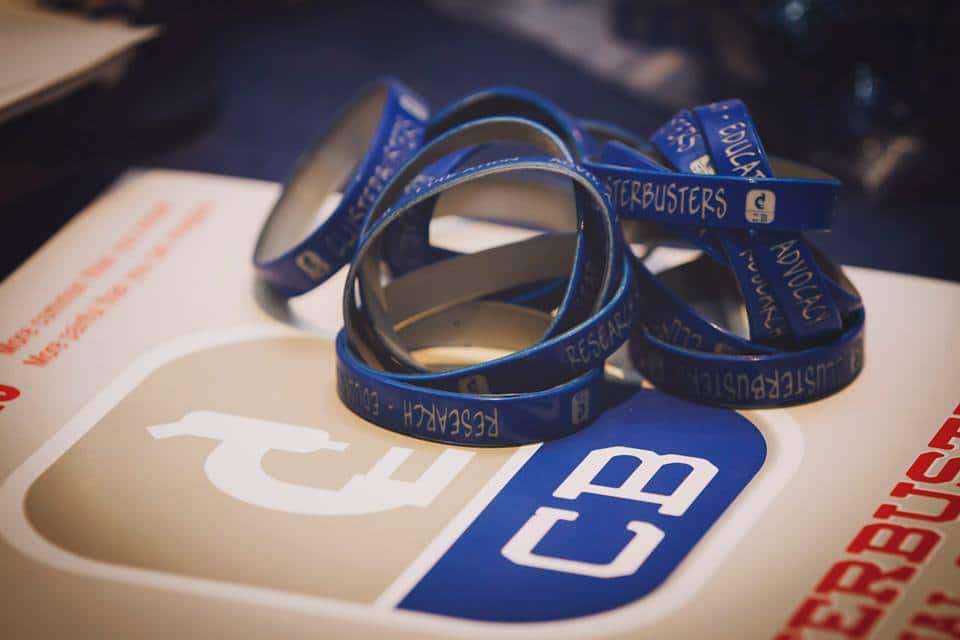
In 2002, when the Clusterbusters community had gotten to over 100 people, MAPS, Erowid and a team from Harvard Medical School developed an online questionnaire asking about cluster headaches and psychedelics.
The study concluded that 22 of the 26 cluster sufferers who had taken psilocybin reported that ingestion of the mushroom aborted an attack. Researchers also found that more than half of the subjects had a total remission of their cluster period, and 42 percent felt they got at least partial relief. The study also included two subjects who had successfully stopped their attacks with sub-hallucinogenic doses of LSD.
These results eventually led the head researcher, Andrew Sewell, to start a separate survey to study the effect of LSA-containing seeds to treat cluster headaches. The results of that study were just as impressive, leading him to the conclusion that “Alkaloids in seeds known to contain LSA may be effective in aborting cluster attacks, terminating cluster periods, and extending remission periods.” He added, “No conventional medication either terminates cluster periods or extends remission periods.”
What has followed since those early days has been nothing short of amazing. Over the last decade, I have heard from too many people to count who are claiming partial or complete remission of their cluster headaches after resorting to the hallucinogens for help.
Clusterbusters has now reached to more than 4,000 members and will hold its 11th annual Clusterbusters conference in September in Chicago.
Over the years with Clusterbusters I have seen a lot of amazing accomplishments, whether from our members as they figured out and treated their own condition successfully or from the Clusterbusters staff, as they work with names like MAPS, Yale, Harvard and the FDA.
Unfortunately, even with all the accomplishments we still have many more questions than answers; more research is desperately needed.
Thankfully, some of this research has finally gotten a true start. Clusterbusters announced this year that the first large scale study to investigate the efficacy of psilocybin for cluster headaches would be conducted through Yale University. Dr. Emmanuelle Schindler will be starting up a clinical study using psilocybin at Yale in September.
Exciting research on psychedelics
After years of inferior treatments, we are starting to see progress in the world of headache medicine. Much of this progress is being pushed by the information the psychedelics provide. A great example was shown by Dr. Schindler at Psychedelic Science 2017.
Dr. Schindler explained that the cause of cluster headaches is a mystery still but that the few studies conducted with psychedelics have managed to yield some important answers.
Right now, studies on cluster headaches strongly suggest that abnormalities in the hypothalamus may be causing the disorder, and research is showing how the psychedelics could be treating cluster headaches by working on the hypothalamus. We already know that deep brain stimulation of the hypothalamus can give relief to some cluster sufferers, and we also have studies showing evidence that LSD and psilocybin both activate the hypothalamus.
With both being so effective for cluster headaches, we now have more evidence to support the idea of a malfunctioning hypothalamus being the problem, and more evidence that psychedelics show great promise in treating our disease.
With any luck, the psilocybin studies that are being conducted at Yale this year will prove as effective as a scalpel, and we can do away with some of the brain surgeries currently used to treat cluster headaches in favor of a mushroom.
One of the biggest things Clusterbusters has proven is that psychedelic therapy for regular everyday people is something that can work quite well. One common debate in the psychedelic community is who psychedelic medicine can work for and how it needs to be administered.
When you listen to some of the warnings and scare stories on these substances, it makes it seem like they could only work for a select few, and that most people will freak out if given hallucinogens. Over the years with Clusterbusters, the huge lack of freak outs I’ve observed has been a pleasant surprise. Person after person has come to our board with no knowledge and no experience with psychedelics. However, the norm seems to be that with a bit of guidance and a bit of knowledge passed along, they find a successful treatment plan that they can do safely in their own home and achieve results that Western medicine has never given them. While it may not work for everyone, we look forward to the results of the upcoming Yale study, just as we look forward to a day when psychedelics are real, legal solutions for conditions like ours.
For 20 years now, I have had to deal with getting some kind of headache every day. Sometimes the psychedelic therapy works well enough to get a good five days of pain relief to the point that coffee and cannabis is all that I need. Truth be told, that’s about as good as it gets.
But this is where the side effects of psychedelic cluster busting medication really saves me. The psychedelics have easily been the most helpful tool for me in dealing with the headaches I have suffered from most of my life. Even when they do not get rid of my pain completely, they fight the accompanying depression and help me deal with the uncertainty and fear. For me, psychedelics change my perspective on life, from suffering with a disease to living with a disease.
From all I have seen, the future of cluster headache medicine seems unlikely to come from anywhere but the psychedelics. Over the past 20 years, the groundwork for the cluster headache drugs and therapies of tomorrow have been tested and proven effective by desperate patients, while most of the medical establishment has hid their head in the sand. By all indications, it seems like the medical establishment is finally willing to admit these are real therapies. For now, it seems like the only thing keeping tomorrow’s medicine from happening today is the strict drug laws restricting research into these psychedelic substances.
Psychedelics are a powerful medicine, and right now it is completely illegal to use one of the few things that work if you are a cluster headache sufferer. Every day there are people out there denied real options because of drug war propaganda.
That’s why we need all of you to help us spread the word. Talk to people about the severity of cluster headaches and migraines and talk about the options our government is keeping from us. Talk about psychedelics and the very real lives that hang in the balance as we wait for legal access to our medication.
I feel that the psychedelic community will be that much stronger after hearing the stories and research that have come about from the long strange trip we have embarked on. We need to take these amazingly effective substances out of the realm of forbidden science and start exploring their untapped potential. Our lives depend on it.
Hey! Before you go… Psymposia is a 501(c)(3) non-profit media organization that offers critical perspectives on drugs, politics, and culture. We strive to ask challenging questions, and we’re committed to independent reporting, critical analysis, and holding those who wield power accountable.
Our perspectives are informed by critical analysis of the systemic crises of capitalism that have directly contributed to the unmitigated growth of addiction, depression, suicide, and the unraveling of our social relations. The same economic elite and powerful corporate interests who have profited from causing these problems are now proposing “solutions”—solutions which both line their pockets and mask the necessity of structural change.
In order for us to keep unpacking these issues and informing our audience, we need your continuing support. You can sustain Psymposia by becoming a supporter for as little as $2 a month.
Brendan Burns
Brendan lives in the hills of western Massachusetts surrounded by family friends and forest. In his spare time he is a percussionist and amateur photographer.
